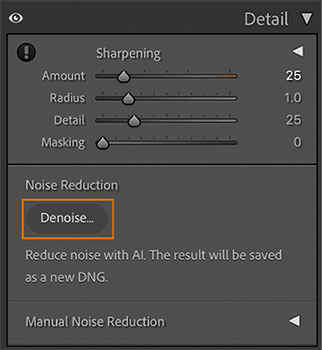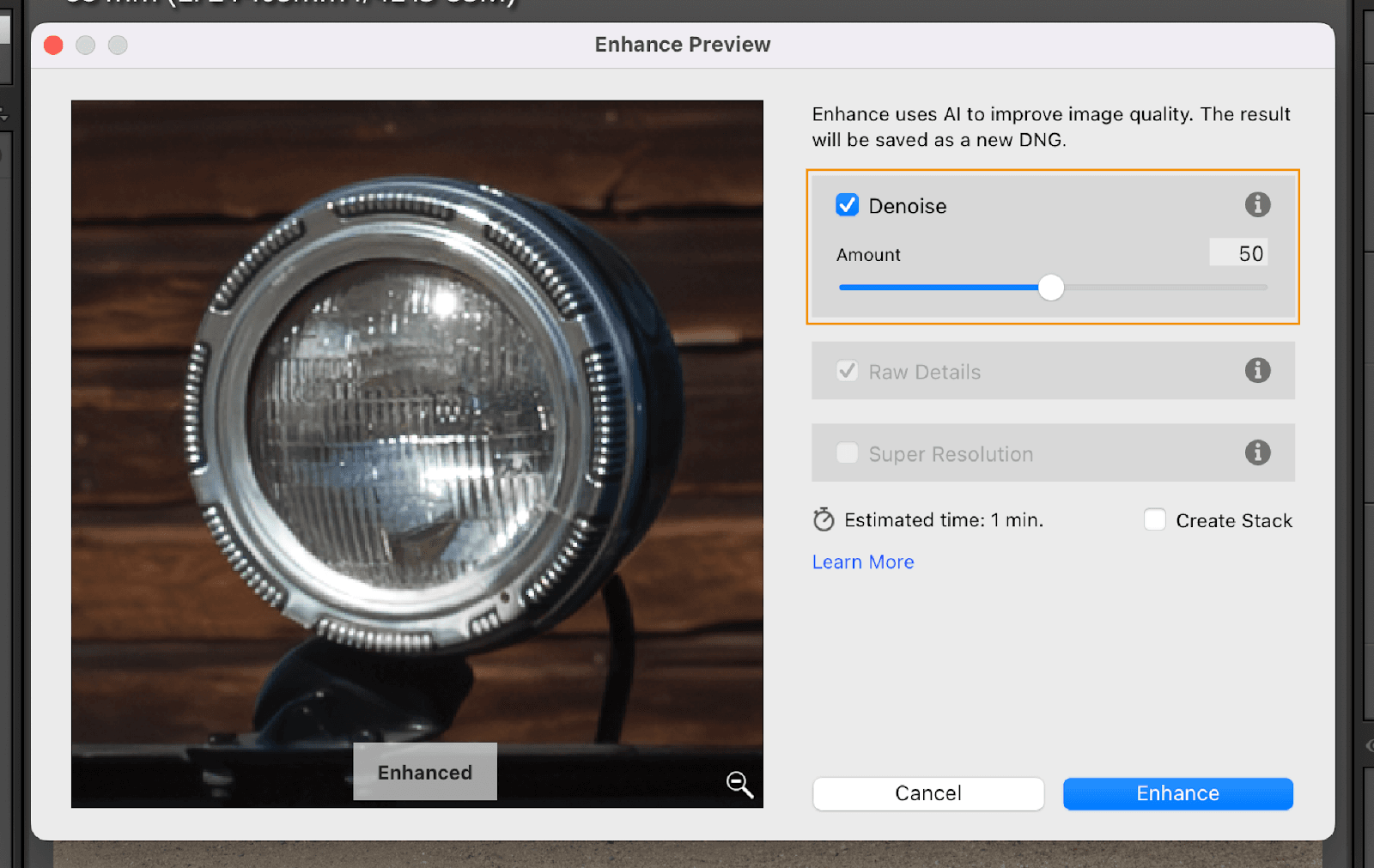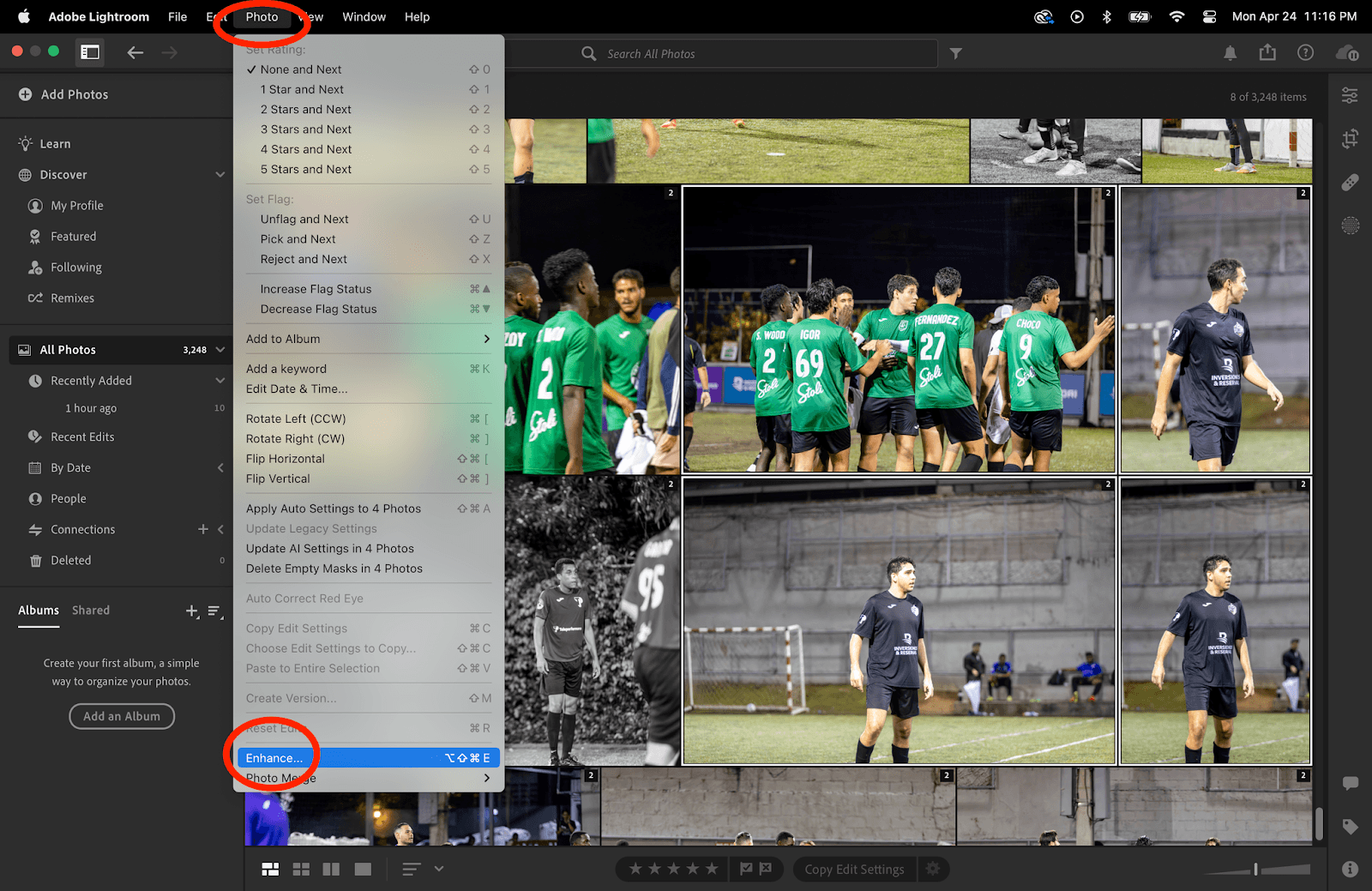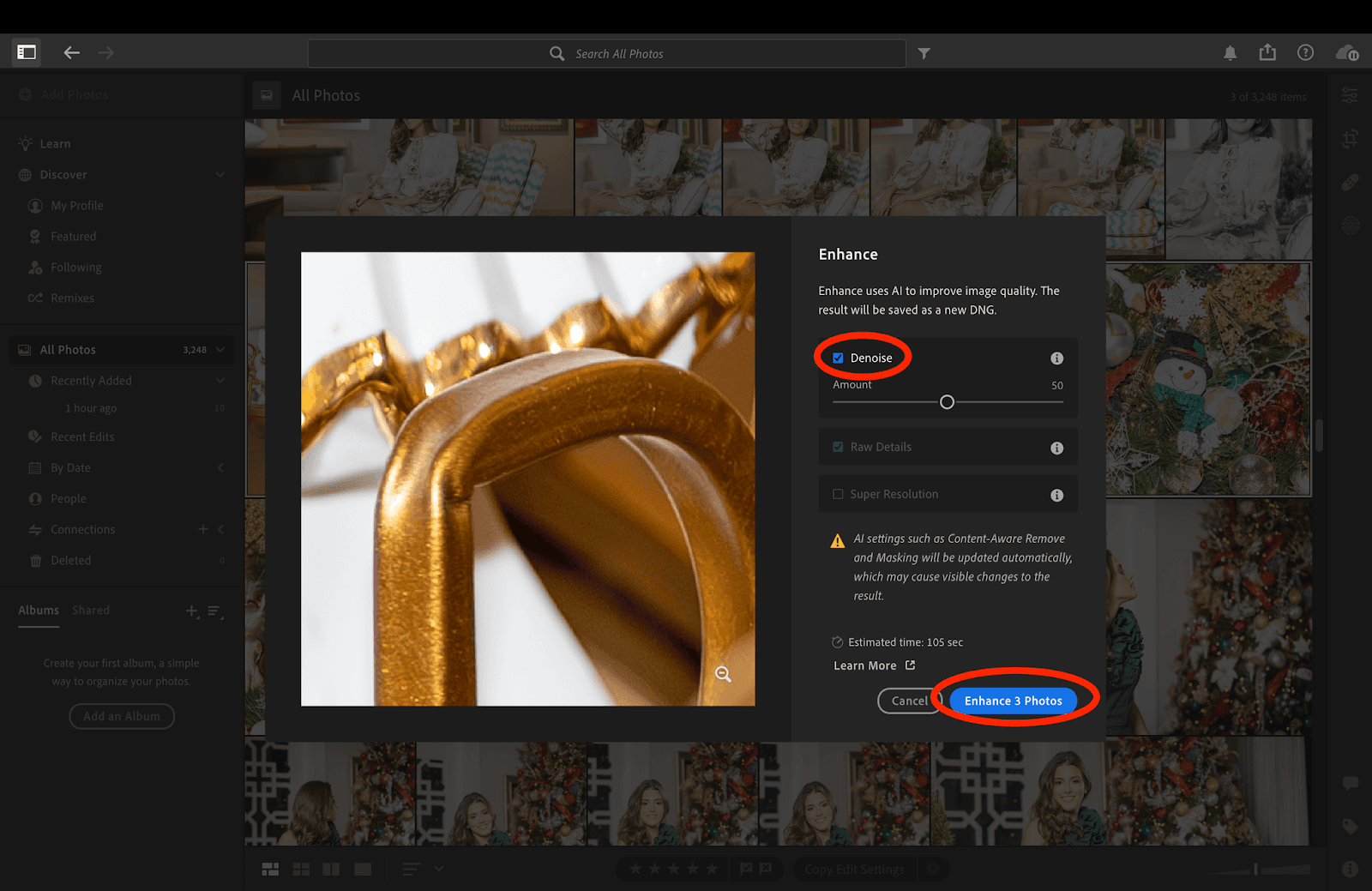If you’re a photographer, you know the importance of touch-ups. The photos we take don't always come out perfect. Editing is a crucial step in getting that "just-right" look, and software tools like Adobe Lightroom's AI denoise feature can be a massive help.
But even if you love Lightroom, you probably aren't a fan of wasted work. After all, why repeat the same tasks over and over?
Can you denoise multiple photos in Lightroom simultaneously, or will you have to settle for tackling one at a time? Here's what we've uncovered.
What Is Adobe Lightroom?
Adobe Lightroom is an application for organizing and editing images. As an app geared toward photographers, Lightroom is big on the organizational aspect, letting you import data from your camera and sort it for further processing.
Major Adobe Lightroom Features
Lightroom tries to be a catch-all tool for professionals and prosumers. To simplify life even more, it also includes a few handy editing tools. With that said, making heavy-duty tweaks will likely be easier in other apps.
Image Conversion
When high-end digital cameras take pictures, they produceRAW image files. These files get their name because they include all the unprocessed information from your camera's image sensor. Many people think of them as digital versions of film negatives.
RAW formats aren't universal — different cameras create different outputs. Few tools support working with this image data, and the files are large.
To solve the issue, Lightroom converts RAW files to other formats, like DNG. This format is specifically for photo editing and it's noticeably smaller.
Image Viewing
Lightroom lets you view images natively, so you don't have to jump to another application.
Image Organization
With Lightroom, you can manage a library of images by moving files and creating collections. You can also add searchable keyword tags.
Image Editing
Lightroom contains a range of non-destructive editing features, meaning your edits preserve a copy of the original file. This makes it easier to create multiple versions. Popular tools include color management, image alignment, scaling, focus, blur, and denoising.
What Is Denoising?
Denoising, also known as noise reduction, is a critical aspect of photo editing. It’s an essential step in producing professional, consistent photos.
How Raster Images Work
Raster images include formats like your camera's raw files or the DNGs, JPEGs, PNGs, and TIFFs you convert them into. These files store each dot (pixel) as a combination of numbers. The numbers represent red, green, and blue color values, and by combining these pure hues, you can create the full rainbow.
Image Noise Explained
The problem with digital images is that image sensors aren't perfect. Even though your camera generates pretty exact numbers, it also produces random errors known as noise.
Noise can ruin an image in different ways. It may show up as static or an overall grainy appearance. In some cases, you’ll notice light or dark spots and other fuzzy-looking inconsistencies.
Different shooting conditions can influence the type and look of the noise present in your images. Some things to watch out for include low-light environments, overly high sensitivity settings, radio interference, and dirty image sensors.
The Ins and Outs of Denoising
It's not always possible to control every aspect of your photoshoot. In these cases, you'll need to use a denoising tool to edit the photo.
There are a variety of ways to denoise a photo. Traditionally, software tools usedmathematical techniques to get the job done.
Without getting too technical, there are various denoising options and algorithms. This is an old problem, and people have been working on it for a long time. Today, it's up to software engineers to pick algorithms that deliver high accuracy and speed without taking massive computing power.
Another option is to leave it all up to AI. Machine learning is extremely good at pattern recognition. Thismakes it a prime candidate for problems like distinguishing noise patterns from valid image data.
Machine learning solves the noise issue by comparing clean images to their grainy, spotty originals. After it learns to recognize the difference, it can create a denoising function, or mathematical relationship, that “maps” noisy images to cleaner versions.
The cool thing about this method is that AI can then apply the denoising function to images it's never seen before. Even better, many AI-powered editing tools work in the cloud, so you don't have to slow your workflow down with intense computations.
How to Denoise a Photo in Lightroom
Noisy photos are common, especially among beginners and hobbyists. This doesn't mean these photographers lack skill; it’s just that getting good photos takes time. Fortunately, Lightroom includes an AI denoising feature to help smooth out pesky little mistakes.
First, you'll need to make sure you're using Lightroom Classic version 12.3 or higher. After opening a photo for editing, choose the Photo > Enhance menu option or go to the Detail panel and Click Denoise.

From here, you'll see an Enhance preview popup with some settings. It's pretty straightforward: Just drag the slider to choose the amount of denoising you want.

You can use this window to see the projected result by clicking and holding the preview area. If there's still no difference, the image is already fairly clean or the noise is too subtle to detect.
You'll also notice an "Estimated time" readout below the slider options. This is a rough guess of how long you'll wait for the algorithm to do its work once you apply the enhancement.
After choosing your ideal settings, click Enhance. As with other non-destructive edits, Lightroom will save the results as a new editable file with the DNG extension.
How to Denoise Multiple Photos in Lightroom
Remember how we mentioned that Lightroom is for working with a lot of photos? This also applies to enhancements like Denoise. But you'll have to take one small extra step to work in batch mode.
Previously, you opened the file you wanted to denoise and then chose the Denoise enhancement. This time, you'll start by selecting more than one file and then follow the remaining steps as before.

Sound too simple to be true? Well, it is. Open the Photogrid or Square view, and Shift-click to select more than one image. You can also use the Select All function to pick everything in a folder or exclude photos by Alt-clicking.
From there, everything else is the same as before. The only real difference has to do with the enhancement window. With multiple files selected, the preview will only show one of the images, not all of them.

You'll also notice that the button that formerly read "Enhance" will now say something like "Enhance 3 photos" — or however many you selected.
How to Remove Noise From Images With Lightroom Plugins
What if you're not using the latest version of Lightroom or dislike the AI enhancement? If this sounds like you, don't worry.
Lightroom has long been popular for its plugin support. The way it works is that other software companies (not Adobe) create plugins that extend the main app. These tools add a range of features you might not get otherwise.
Lightroom's AI denoise feature introduction in 2023 came as welcome news to those who used the app regularly. But some people still swear by the plugin method.
Denoising plugins offer a lot more settings to tweak, which might be up your alley if you work with many images or variable shooting conditions. Some also come bundled with other functions commonly used in editing workflows.
The catch (of course there's a catch) is that most of the high-quality plugins are fairly expensive. If you're a professional photographer, this might not be a huge issue. Those who are just trying to touch up a few shots here and there will get better value for their money by sticking with the built-in option or using an alternative like Imagewith.ai.
Caveats and Gotchas When Denoising Multiple Photos in Lightroom
Adobe Lightroom's denoise feature is pretty cool. But there are a few hurdles to watch out for:
- This tool's AI algorithm works locally, not in the cloud. In other words, it'll run on your computer's GPU. If your system is slow, you can expect to wait a while — prep your image batches, and then go get a snack or something!
- If you're editing a large batch of photos taken in similar conditions (lighting, location, etc.) save time with presets. Tweak all the edits to perfection with one image, copy those settings, and then paste them to the other photos. You can also apply your edits when you import the images from the camera.
- Not all raw images are the same. Although Lightroom Classic supports a range of formats, the Denoise enhancement only works with Bayer and X-Trans RAW files.
- According to Adobe, you should apply Denoise before using any other tools. If you switch up the order, you might produce unexpected results. Some photographerssay it doesn't really matter, but it probably depends on your image and workflow.
Conclusion
Adobe Lightroom is a powerful editing tool. Of course, it's not perfect, and its monthly price can hurt your wallet.
Are you thinking your images could use a bit more polish? Optimize your editing workflow today using the Overscale feature in Imagewith.ai






